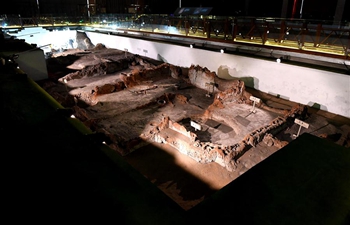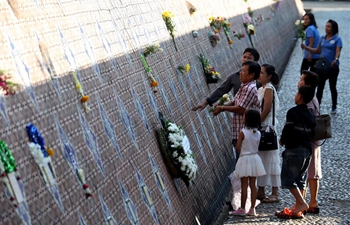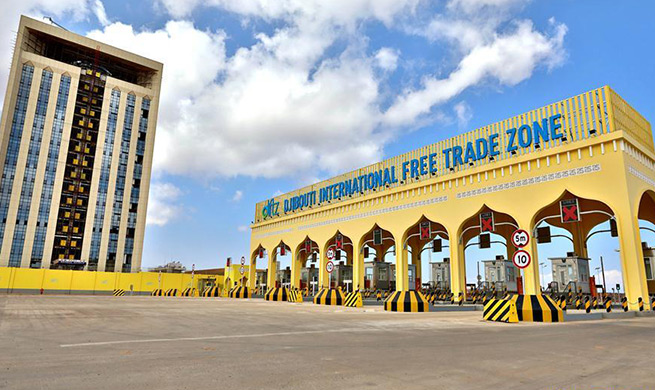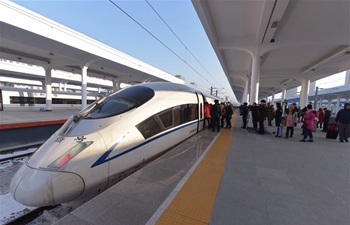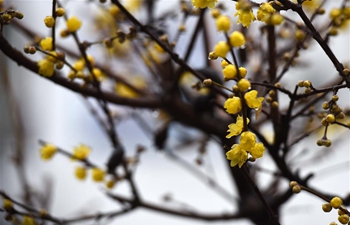HOHHOT, Dec. 27 (Xinhua) -- A museum showing 4,000-year-old human settlement ruins opened Thursday after an air-supported structure had been equipped to protect the site in north China's Inner Mongolia Autonomous Region.
The air-inflated dome was designed to cover nearly 10,000 square meters so that the temperature and humidity inside could be adapted to better protect the Erdaojingzi site in Hongshan District in the city of Chifeng.
The ruins of ancient streets, yards, adobe houses and unearthed articles are displayed in the structure.
The Erdaojingzi site is part of Lower Xiajiadian Culture, a branch of the northern bronze culture during the Xia and Shang dynasties 3,500-4,000 years ago, between the late Neolithic Age and Bronze Age. The site was listed as one of the top six archaeological discoveries in China in 2009.
Following its discovery and excavation, an expressway previously planned to run through the site was later redesigned, with a tunnel built under it to protect the site.
Liu Guoxiang, a researcher with the Institute of Archaeology of the Chinese Academy of Social Sciences, said they adopted the light air-supported structure because the pressure of traditional architecture would have added load to the tunnel, threatening the safety of the expressway.
According to Liu, it is the first time that an air-supported structure has been used for archaeological site protection in China.
Total spending on the museum, including the interior exhibition arrangement, was 95 million yuan (14 million U.S. dollars).




